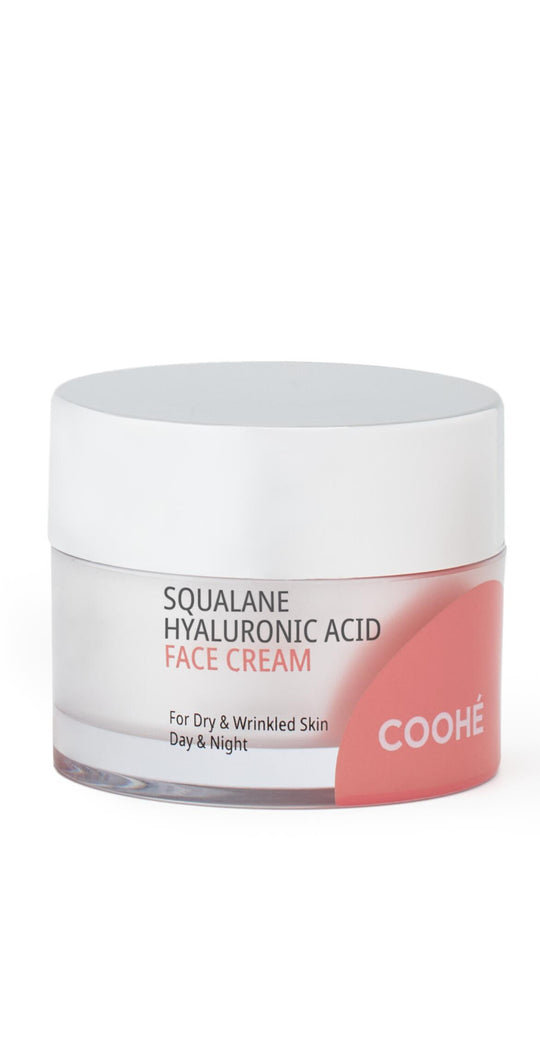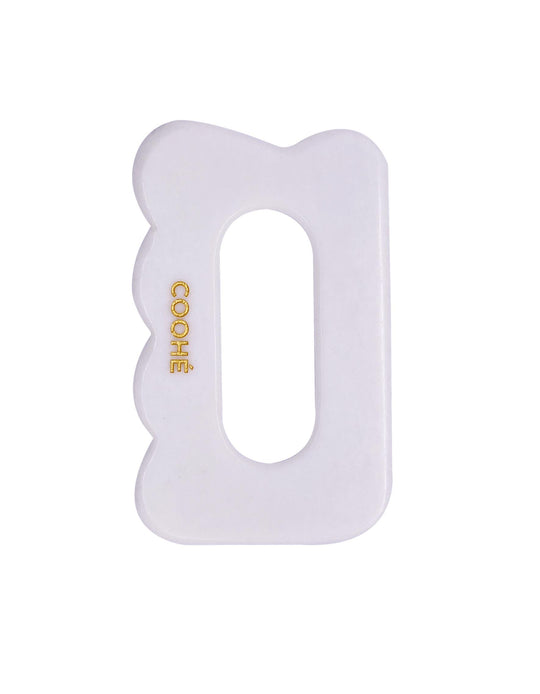Skin Care Routine to Tackle Early Aging Signs

Skin Care Routine to Tackle Early Aging Signs - Aging is an inevitable part of life, but that doesn't mean we have to accept its early signs without a fight. With the right skincare routine, you can maintain a youthful appearance and minimize those first signs of aging.
Whether you're just starting to notice fine lines or want to take proactive steps, this guide will provide you with a comprehensive skincare routine and help you stay radiant and age gracefully.

Understanding Early Signs of Aging
Before diving into a skincare regimen, it's crucial to understand what you're dealing with. Early signs of aging typically include:
|
Fine Lines and Wrinkles: |
Often appearing around the eyes, mouth, and forehead. |
|
Loss of Elasticity: |
Skin begins to sag or feels less firm. |
|
Uneven Skin Tone: |
Dark spots, hyperpigmentation, and dullness. |
|
Dryness and Dehydration: |
Skin loses its natural moisture and feels parched. |
Building an Effective Skin Care Routine
To combat these signs, you need a routine that addresses multiple aspects of skin health. Here's a step-by-step guide:
1. Cleansing
- Why: Cleansing removes impurities, excess oil, and dead skin cells that can contribute to premature aging.
- How: Choose a gentle, hydrating cleanser suitable for your skin type. Avoid harsh soaps that can strip your skin of natural oils. Cleanse your face twice daily—once in the morning and once before bed.
- Product Suggestion: Look for a cleanser with ingredients like hyaluronic acid or glycerin for hydration.
2. Exfoliation
- Why: Exfoliating helps to remove dead skin cells, promoting cell turnover and revealing fresher skin underneath.
- How: Exfoliate 2-3 times a week, depending on your skin’s sensitivity. Opt for chemical exfoliants (like AHAs and BHAs) over physical scrubs to avoid irritation.
- Product Suggestion: Consider products with glycolic acid or salicylic acid. These ingredients help to smooth the skin and reduce the appearance of fine lines.
3. Toning
- Why: Toners help to balance your skin’s pH, tighten pores, and prepare your skin for subsequent treatments.
- How: Use a toner suited for your skin type—hydrating for dry skin and clarifying for oily or combination skin.
- Product Suggestion: Look for toners with antioxidants like vitamin C or soothing ingredients like witch hazel.
4. Serums
- Why: Serums are concentrated treatments that target specific concerns like fine lines, dark spots, and hydration.
- How: Apply serums after toning but before moisturizing. Use a serum with ingredients like retinol, vitamin C, and hyaluronic acid.
- Product Suggestion: A vitamin C serum can brighten the complexion and reduce signs of aging, while a retinol serum can improve skin texture and firmness.
5. Moisturizing
- Why: Moisturizers hydrate the skin and create a barrier to prevent water loss.
- How: Apply a moisturizer suited to your skin type in the morning and evening. Even oily skin needs hydration—opt for lighter, non-comedogenic options if that's your concern.
- Product Suggestion: Choose a moisturizer with hyaluronic acid for hydration or peptides to support collagen production.
6. Sun Protection
- Why: Sunscreen is crucial for protecting your skin from harmful UV rays that accelerate aging.
- How: Apply a broad-spectrum sunscreen with at least SPF 30 every morning, even on cloudy days. Reapply every two hours if you're outdoors.
- Product Suggestion: A sunscreen with added antioxidants (like vitamin C) can provide extra protection against environmental damage.
7. Night Care
- Why: Nighttime is when your skin regenerates, so applying nourishing products can maximize this process.
- How: Use a richer moisturizer or a night cream with ingredients like retinol or peptides. These can help repair and renew skin overnight.
- Product Suggestion: A retinol-based night cream can enhance cell turnover and improve skin texture while you sleep.
Conclusion
Tackling early signs of aging requires a thoughtful approach and consistent effort. By incorporating the right products and practices into your daily routine, you can maintain youthful, radiant skin for years to come. Remember, the key is to start early, stay consistent, and adjust your routine based on your skin’s evolving needs.
With the right care, you can confidently embrace the aging process while keeping those early signs at bay. Here's to your glowing, timeless skin!
FAQs about Skin Care Routine to Tackle Early Aging Signs
Q1. What is the best age to start an anti aging routine?
A: There’s no definitive age, but starting in your mid-to-late 20s can be beneficial. Preventive care is key, so incorporating products with antioxidants and hydration can be useful as early as your 20s.
Q2. Are expensive skincare products worth it?
A: Price doesn’t always correlate with effectiveness. Look for products with proven ingredients (like retinol, vitamin C, and hyaluronic acid) rather than focusing solely on brand names. Many drugstore products are just as effective as their high-end counterparts.
Q3. How often should I use retinol in my routine?
A: Begin with 2-3 times a week to allow your skin to adjust. Gradually increase the frequency as tolerated. If you experience irritation, reduce usage and consult with a dermatologist.
Q4. Can lifestyle changes impact early aging signs?
A: Absolutely. A healthy diet rich in antioxidants, staying hydrated, and avoiding smoking and excessive alcohol can all positively impact your skin’s appearance. Adequate sleep and stress management also play crucial roles.
Q5. Is it necessary to use both a serum and a moisturizer?
A: Yes, they serve different purposes. Serums deliver active ingredients that address specific concerns, while moisturizers provide hydration and form a protective barrier. Using both ensures that your skin gets targeted treatment and overall hydration.
Q6. How can I prevent dry skin that leads to premature aging?
A: In addition to using a good moisturizer, consider incorporating a humidifier into your home to maintain moisture levels in the air. Drink plenty of water and avoid long, hot showers, which can strip skin of its natural oils.
Q7. What should I look for in a sunscreen?
A: Choose a broad-spectrum sunscreen that protects against both UVA and UVB rays. An SPF of 30 or higher is recommended. If you have specific skin concerns, look for additional features like anti-aging ingredients or formulations designed for sensitive skin.






















